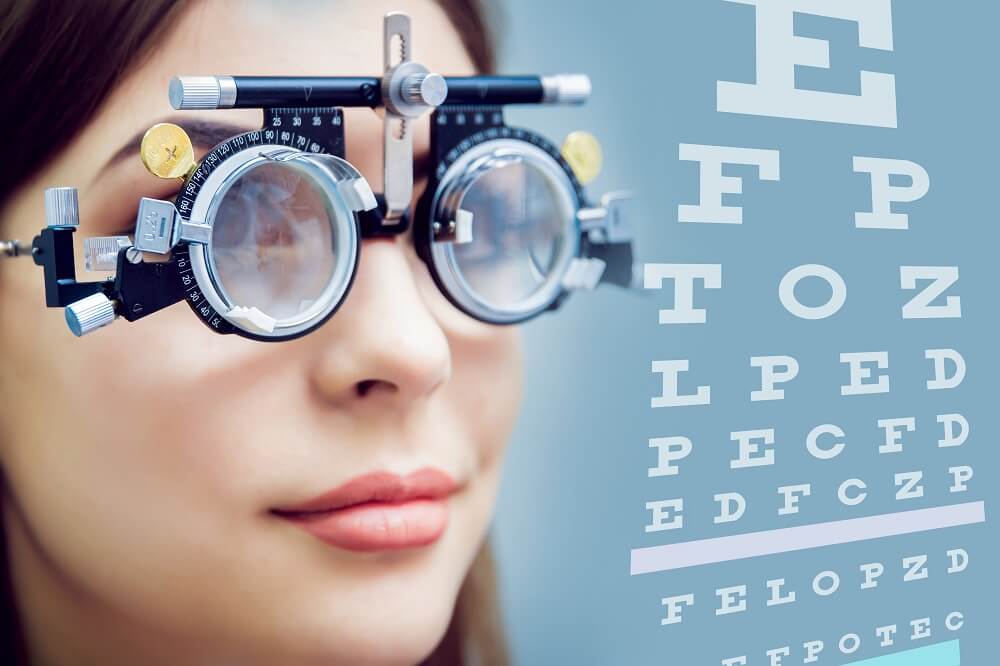If you are unable to see objects in the distance, you have short-sightedness or Myopia. With short-sightedness, you will find it hard to see distant objects, such as road signs, vehicle numbers, something written on the blackboard, etc. In general, short-sightedness is detected for the first time during childhood. However, it does not mean that you won’t get Myopia in later years. Those who have short-sightedness have the steeply clear front of the cornea, or their eyeballs are too long. Most people prefer to wear glasses or contact lenses, while others opt for Lasik surgery. Through this article, we will help with everything you need to know about short-sightedness treatment.
Who Can Help You with Short-sightedness Treatment?
Myopia is one of the most common eye diseases in the world, and as per the estimate, 15 percent of the world’s population suffers from Myopia. You may not even realize you have short-sightedness, as in many cases, the progression is prolonged. You should contact an optometrist or ophthalmologist to get help with short-sightedness treatment.
Common Short-sightedness Symptoms
- You cannot see an object beyond a certain distance.
- Everything looks blurry after a distance.
- You may have to squint to see clearly.
- You may experience headaches because of the strain on your eyes.
- You may not be able to read the road signs correctly, and it becomes more complicated during the night.
Myopia in Children
In general, Myopia or shortsightedness is detected at a young age. However, in some cases, it is detected even after 20 years of age. Here are some of the symptoms that you should consider and check with your eye specialist about your kid for shortsightedness treatment:
- If your kid squints up the eyes to see the object from a distance, such as television.
- If the kid finds it difficult to read the blackboard at the school.
- If your kid sits too close to the television.

Different Causes of Short-sightedness
Though the exact reasons for short-sightedness are unknown, some studies have suggested that it can be a genetic problem. Also, many factors like overexposure to television, malnutrition, environmental conditions, and many others may contribute to the progression of Myopia.
How Shortsightedness is Diagnosed?
The diagnosis of shortsightedness is simple and straightforward. The doctor will ask you to read a few charts which will have alphabets or symbols in different sizes. The doctor may also use a machine to check if you have Myopia. If you can see all the symbols and letters on the charts, you have 6/6 vision, which is also known as 20/20 vision.

Different options for Short-sightedness Treatment
Unfortunately, there is no cure for short-sightedness. However, you can improve your vision with some of the options available for shortsightedness treatment. Here is the list of simple methods that you can use.
- Wear glasses or contact lenses: These are the most common ways prescribed by a doctor to correct the vision.
- Lasik surgery: In this process, the eye surgeon uses a laser beam to change the shape of the cornea, which leads to attaining the correct vision. Nowadays, the operation takes only a few minutes, and the patient can go home on the same day.
- Intraocular lens surgery: In this short-sightedness treatment, the eye surgeon will place a small corrective lens made out of plastic in your eyes. This lens would correct your corneal shape and enhance your vision.
- Orthokeratology: In this process, special Ortho-K lenses are created for you. You have to wear these lenses in the night while sleeping. In the morning, when you remove these lenses, you find that you are able to see distant objects clearly. However, its effects last only for 1-2 days, and you have to wear the lenses again in the night. The biggest benefit is that you are saved from wearing glasses or lenses during the day.

Other Eye Problems Associated with Myopia
There are many health problems that may occur due to Myopia. Though the other diseases are not that common, there is always a chance of contracting them.
- You may experience stretching and thinning of the back of the eye.
- There are possibilities of retinal holes and tears.
- In some cases, retinal detachment can take place, which will require surgery to correct.

Short-sightedness is one of the most common eye health problems across the globe. If you or someone in your family has Short-sightedness; you should consult a doctor as soon as possible, in order to slow down the progression of the disease.
You may also like to read – How To Select The Best Optometrist Near You?





1 Comment